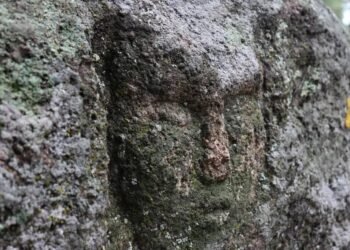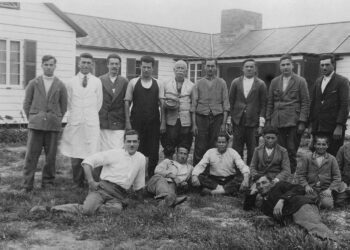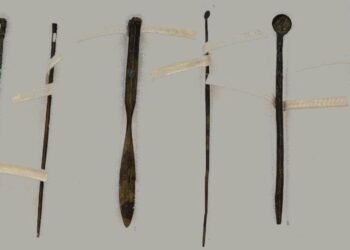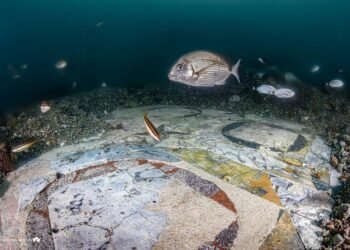The Bronze Age was a significant period in human history characterized by the widespread use of bronze, a metal alloy composed mainly of copper and tin.
This era marked a crucial transition between the preceding Stone Age and the subsequent Iron Age. The Bronze Age is typically divided into three main phases: the Early Bronze Age, the Middle Bronze Age, and the Late Bronze Age, each marked by advancements in technology, societal organization, and cultural development.
During the Early Bronze Age (around 3300 to 2100 BCE), the mastery of bronze metallurgy revolutionized tool and weapon production. This period saw the emergence of complex societies with the establishment of the first cities and the development of centralized political structures.
The Middle Bronze Age (around 2100 to 1600 BCE) was characterized by increased urbanization, the expansion of trade networks, and the proliferation of cultural interactions. During this time, the Minoan civilization on the island of Crete and the Mycenaean civilization on the Greek mainland flourished.

The Late Bronze Age (around 1600 to 1200 BCE) brought about further cultural exchanges and economic interdependence among civilizations across the Mediterranean, Near East, and Asia. Empires and kingdoms emerged, often engaging in both peaceful trade and conflicts.
However, the Late Bronze Age also saw significant disruptions such as the mysterious collapse of several major civilizations, possibly due to a combination of factors including natural disasters, invasions, and economic instability.
Metallurgy and Technology
One of the defining features of the Bronze Age was the widespread use of bronze, an alloy made primarily from copper and tin. The development of bronze metallurgy was a significant technological advancement that allowed for the creation of stronger and more durable tools, weapons, and artifacts compared to those made from stone, bone, or early metals like copper. Bronze was easier to shape and had a lower melting point, making it more versatile for various applications.

The alloy’s durability and versatility allowed for the creation of more effective farming implements, cutting tools, and weapons, which in turn led to improvements in agriculture, trade, and defense.
Urbanization and Societal Complexity
The advent of bronze tools and weapons contributed to changes in agriculture and food production, leading to population growth and urbanization. As communities grew in size and complexity, they evolved from simple villages to more organized city-states. Urban centers became hubs of economic, political, and cultural activity, with specialized labor forces engaging in crafts, trade, and administrative roles.
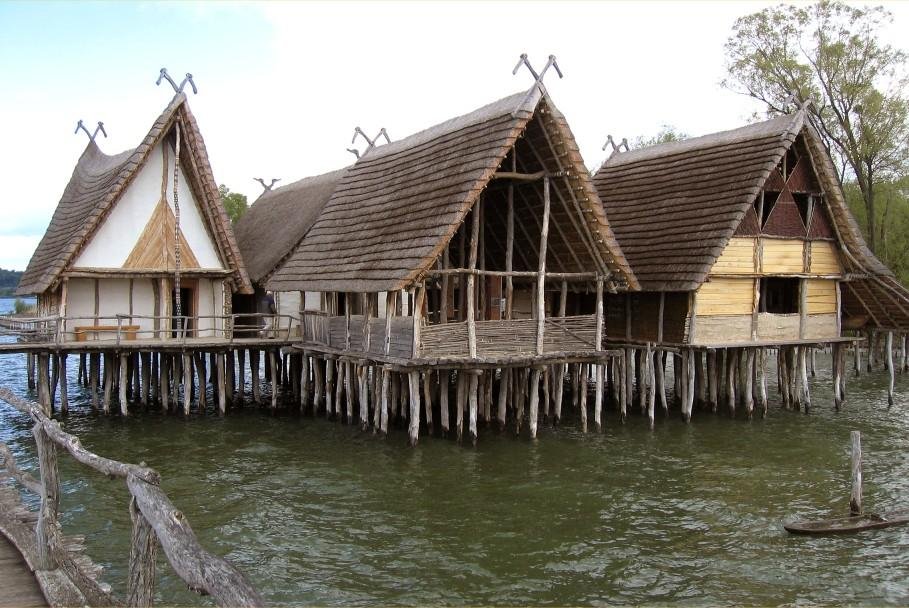
Trade and Cultural Exchange
The Bronze Age saw the expansion of trade networks as civilizations and cultures interacted over vast distances. Valuable resources like tin, necessary for bronze production, were often scarce in certain regions and had to be imported. This reliance on distant sources of raw materials spurred the growth of trade routes and the establishment of trading relationships. As a result, cultures exchanged not only materials but also ideas, technologies, and artistic influences. This cultural exchange led to the spread of knowledge across regions.

Art and Culture
The Bronze Age also witnessed advancements in art and culture. Elaborate metalwork, pottery, jewelry, and sculptures showcased the skill and creativity of the period’s artisans. Many societies produced intricate pottery vessels, often adorned with intricate designs and depictions of daily life, religious rituals, and mythological stories. Many regions experienced growth and development in architecture and literature.
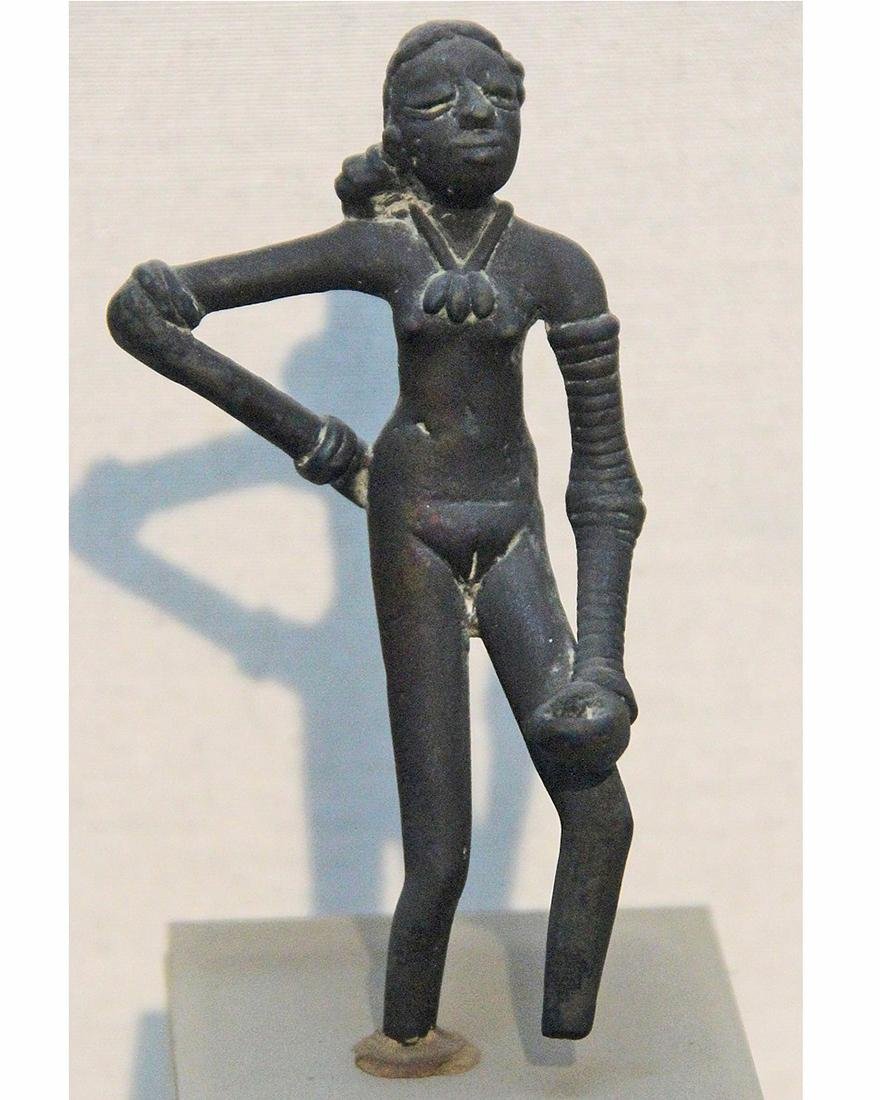
Religious and Societal Changes
Religion played a crucial role in Bronze Age societies. The construction of elaborate temples and religious structures reflected the importance of spiritual beliefs and practices. The emergence of centralized political structures, often tied to religious leadership, marked a shift towards more complex forms of governance. Priest-kings and rulers who claimed divine connections held significant sway over the population.
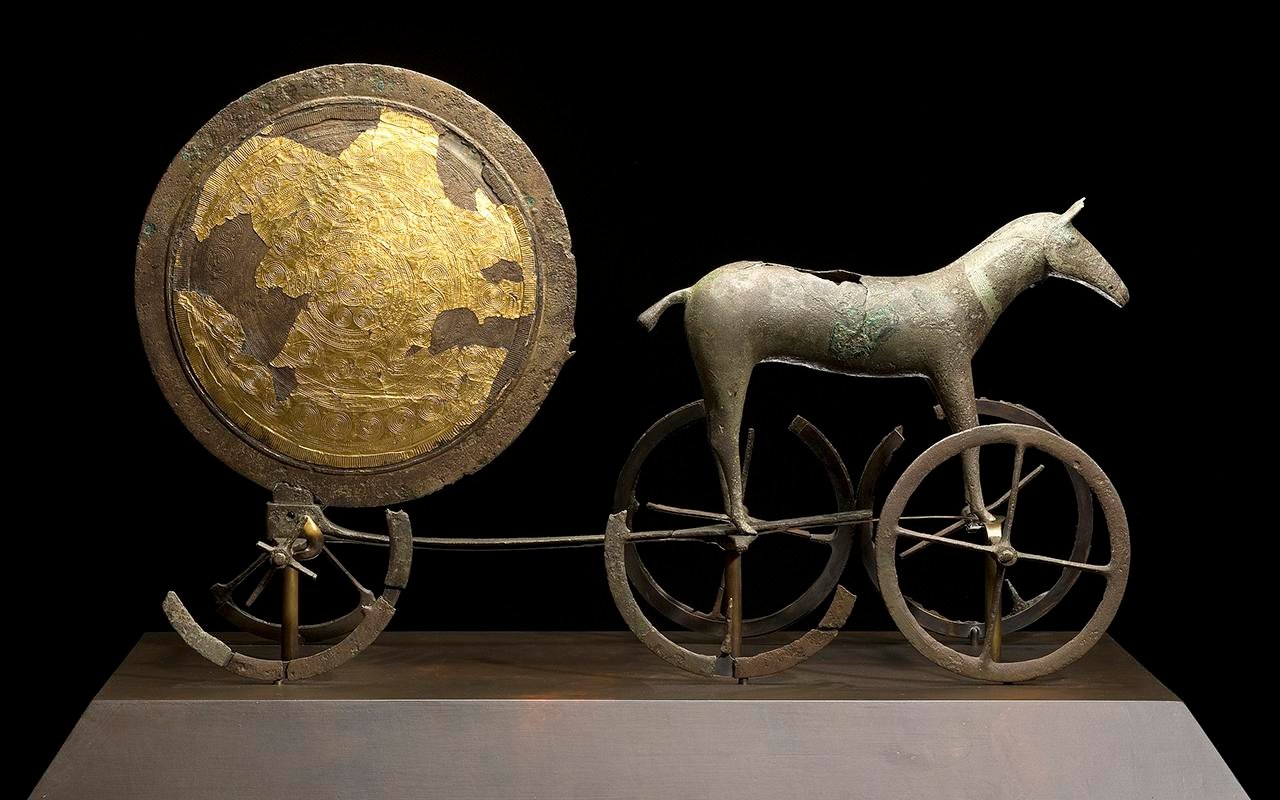
Decline and Transition
The Late Bronze Age witnessed significant disruptions, including the collapse of major civilizations like the Mycenaean and Hittite empires. Scholars suggest that factors such as climate change, invasions by migratory groups, and social unrest contributed to these collapses. The transition from the Bronze Age to the Iron Age was marked by the gradual adoption of iron technology, which eventually replaced bronze due to its increased availability and durability.
The Bronze Age laid the foundation for subsequent historical periods by showcasing the potential of human innovation and organization. The alloy itself transformed societies, enabling technological progress and influencing economic systems, social structures, and artistic expressions. Overall, the Bronze Age was a dynamic period characterized by technological innovation, cultural exchange, urbanization, and the rise of complex societies.

